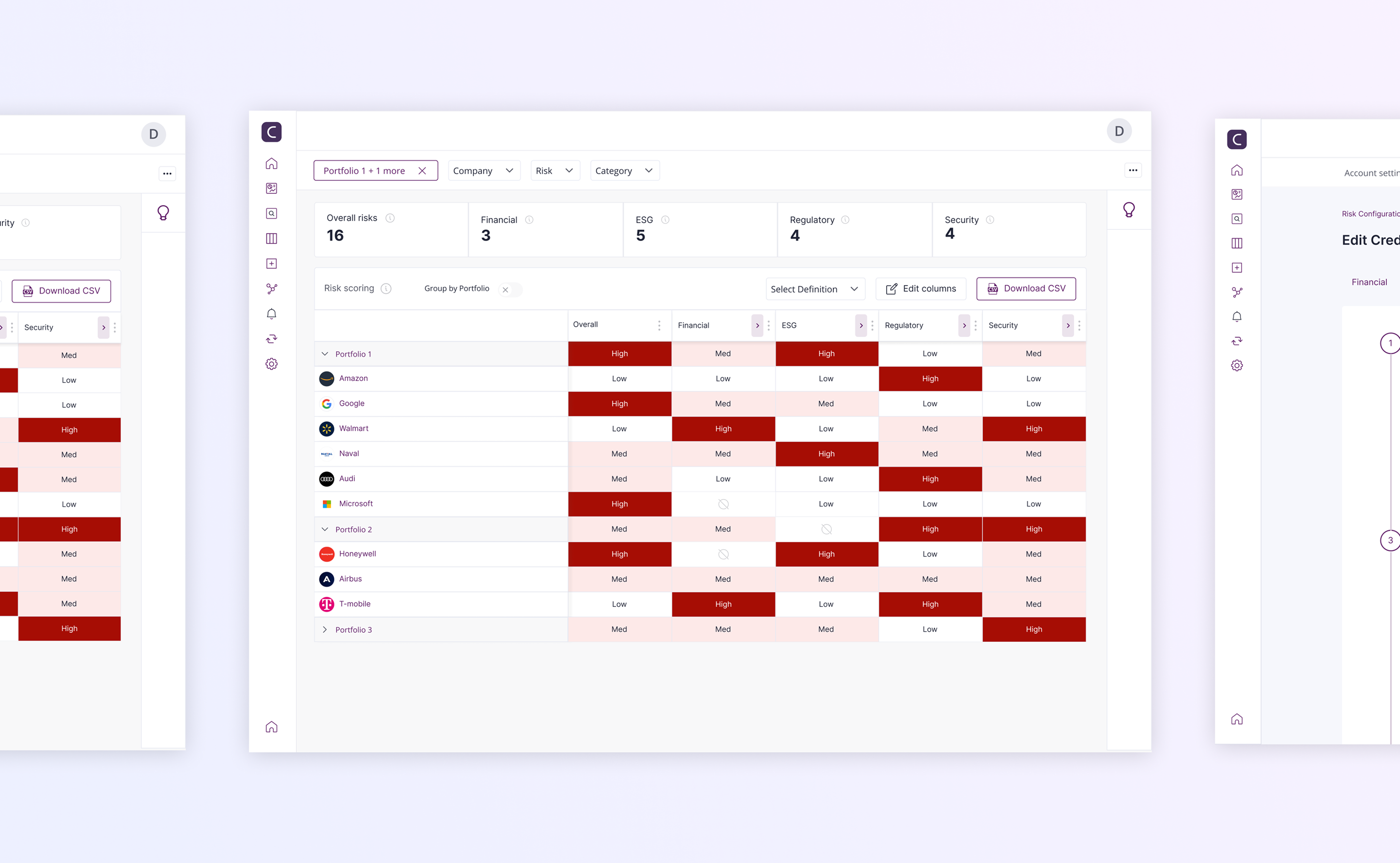
September 10, 2023
Customer Discovery: Finding Product-Market Fit
Product-market fit isn't just a buzzword—it's the defining moment that separates successful startups from failed experiments. Having helped dozens of companies achieve this elusive state, I can tell you that it's not about building the perfect product; it's about finding the perfect problem-solution fit.
The statistics are sobering: only 1 in 10 startups achieve product-market fit, and those that do typically take 12-18 months of intense customer discovery work. But here's the good news: there's a systematic approach that dramatically increases your chances of success.
The Customer Discovery Framework
Start with the Customer Development methodology pioneered by Steve Blank. This isn't about building what you think customers want—it's about discovering what they actually need through systematic research and validation.
Begin by conducting 100+ customer interviews before building anything. Ask open-ended questions about their current challenges, existing solutions, and what would make them switch. Look for patterns in their responses and identify the most painful, frequent, and expensive problems they face.
"Get out of the building and talk to customers. You'll learn more in a day of customer interviews than in a month of building."
Steve Blank, Father of the Lean Startup Movement
Hypothesis-Driven Development
Every startup is built on assumptions. The key is to treat these assumptions as testable hypotheses rather than facts. Create a hypothesis canvas that outlines your key assumptions about customers, problems, solutions, and business models.
Then design experiments to test each hypothesis. Start with the riskiest assumptions first—those that, if proven wrong, would invalidate your entire business model. Use landing pages, concierge services, and wizard-of-oz prototypes to test demand before building complex features.
The Validation Metrics That Matter
Product-market fit isn't binary—it's a spectrum. Use quantitative metrics to measure your progress: Net Promoter Score (NPS), customer retention rates, organic growth, and willingness to pay. But don't ignore qualitative signals like customers becoming advocates or competitors copying your features.
The ultimate test of product-market fit is when customers are pulling your product out of your hands. When you have more demand than you can handle, when customers are referring others without incentives, and when your churn rates are low—you've achieved product-market fit.
Pivoting vs. Persevering
Knowing when to pivot and when to persevere is crucial. If you're not seeing traction after 6-12 months of customer discovery, it's time to consider pivoting. But don't pivot randomly—pivot based on customer feedback and market insights.
Remember: achieving product-market fit is just the beginning. The real work starts when you scale your validated solution to reach more customers while maintaining the same level of customer satisfaction.
- Solutions
- Home
- Our Services
- Portfolio




